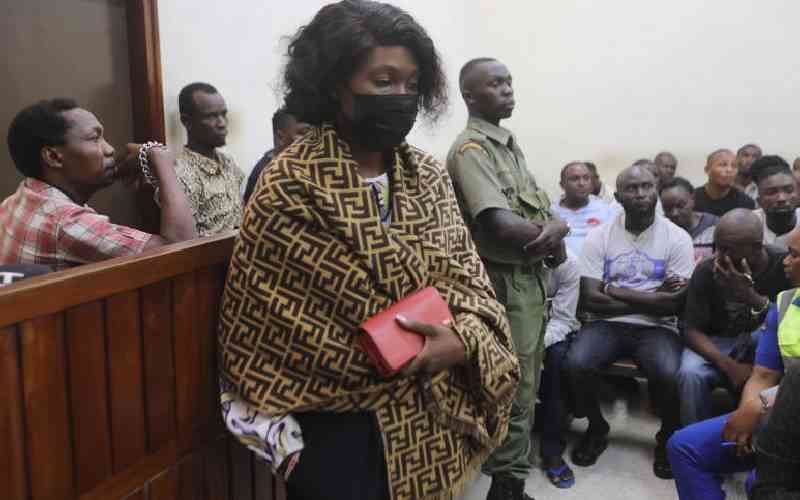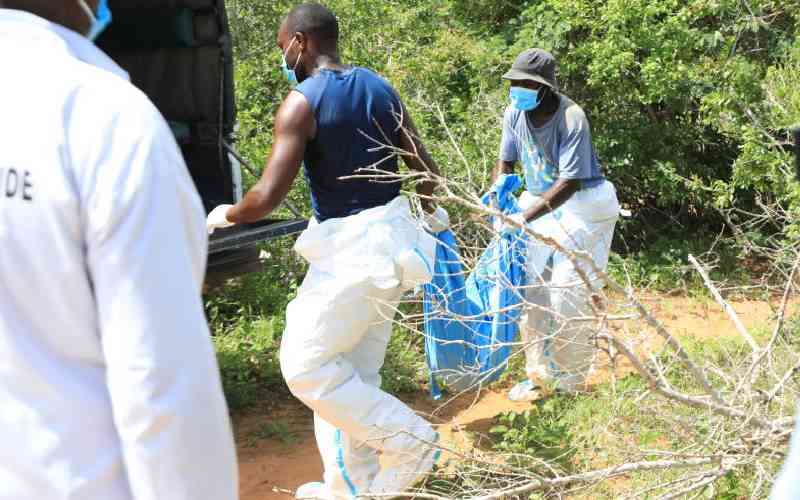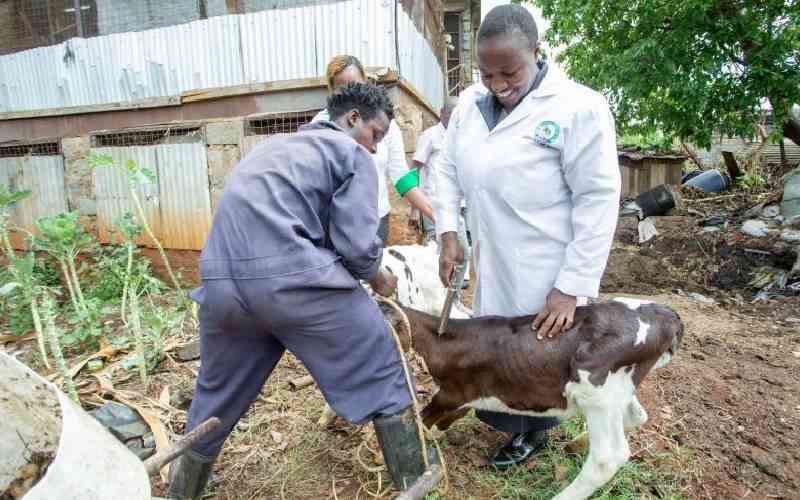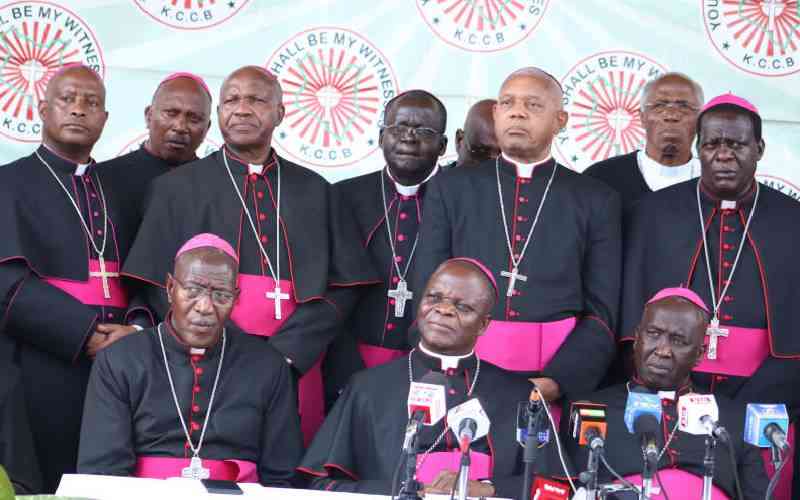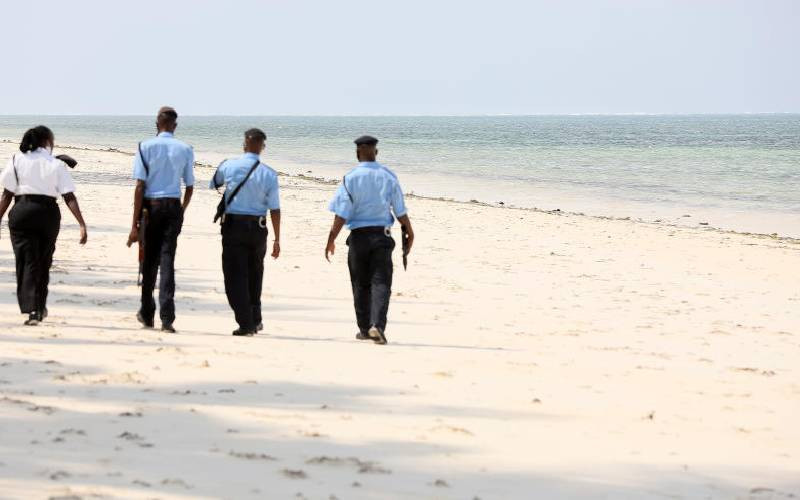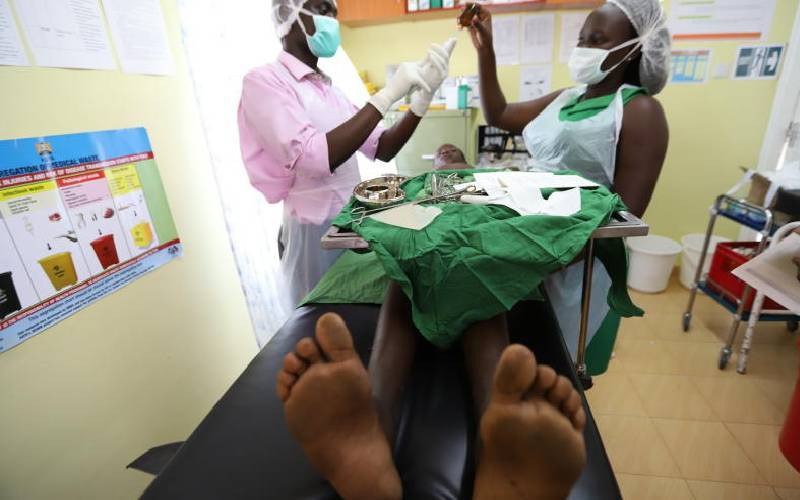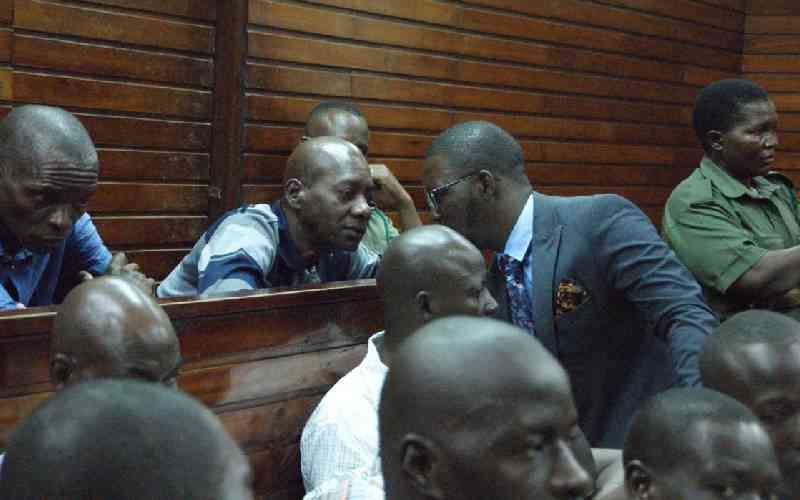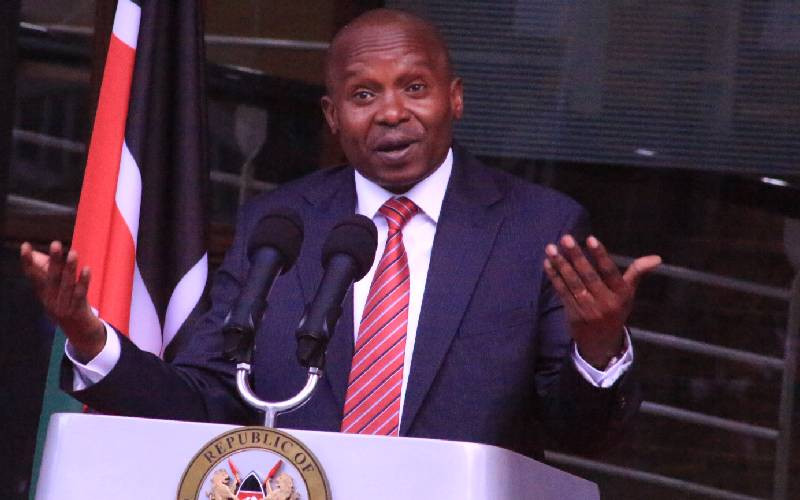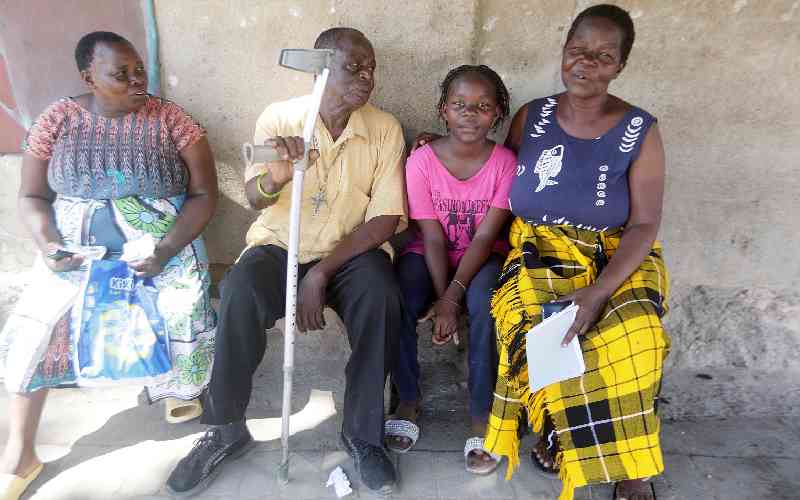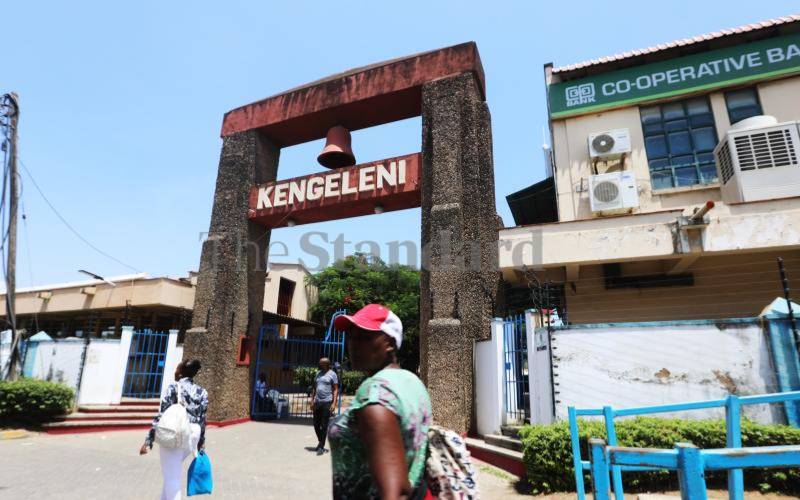
The bronze bell (kengele), which has been hanging between two coral pillars, a stone’s throw away from the Mombasa-Malindi road on Mombasa North mainland is the only evidence of the struggle against slave trade in Kenya.
After being spared from demolition during the construction of the Nyali bridge, the bell remains a monument conserved by the National Museum of Kenya (NMK) as a reminder of Kenya’s dark past.
“On several occasions, government agencies have demanded the demolition of these two coral pillars. But whenever we tell them about its significance in the fight against slavery and slave trade, they always agree with us, leading to it being spared,” says Philip Wanyama, an NMK officer.
Mr Wanyama, an Assistant Research Scientist at the Archaeology Department, says: “The bell is a replica of the original one stolen over 20 years ago. It was installed at Kengeleni as a measure of security for the former slaves in the settlement as their homes became a target of raids from the local community”.
The monument also reminds the former slaves’ descendants in Mombasa about their forebears who were rescued from the chains of slave traders aboard ships en route to markets in Europe and the Middle East.
“When you look at the bell between the two pillars, it reminds you of the struggle to abolish slavery and slave trade, which was secretly thriving in East Africa’s coastal region in the 1870s despite the trade having been banned in 1807,” said Wanyama.
Kengeleni was built by missionaries as the home of former slaves, who had been brought from India by the British to Kenya for settlement.
According to Wanyama, the settlement covered Kongowea, Mukomani starting from English Point to ACK Emmanuel Church, Kisauni Police Dog Section and Free Town, near Bombolulu.
Freed slaves settled in Mombasa had been brought to Kenya by the British after being trained as carpenters and masons in Nasik, India.
Retired NMK education officer Mwenye Hassan said missionaries bought the land in question from locals. They then used it to settle the former slaves, many of who did not know where they hailed from originally.
According to Wanyama, the descendants freed slaves in Mombasa can only speak English as their first language. Their forebears were taught in India during the rehabilitation, and in the process, lost their mother tongues.
“Being people from different backgrounds, the British had to train them to speak one language for effective communication among themselves before being moved to Mombasa. The English language is like their mother tongue,” said Wanyama.
The HMS Leven British Naval survey ship was the first to be credited for the fight against the illicit trade in humans. The naval ship docked at Mombasa Port in 1824.
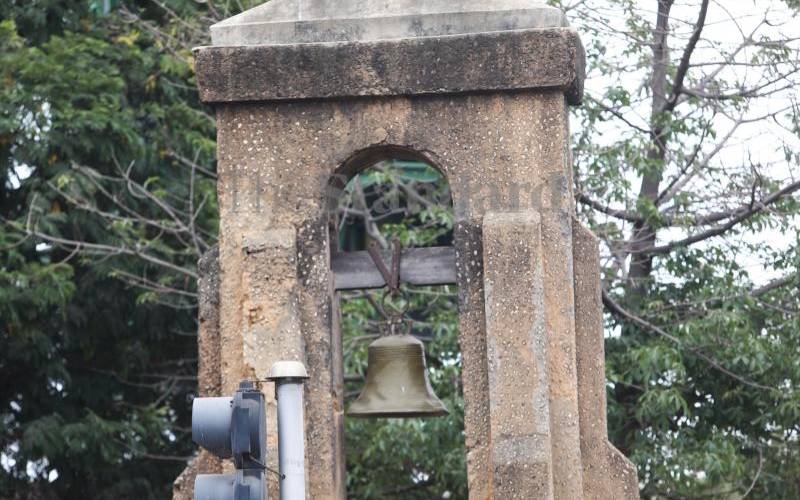
Mombasa Old Town Conservation (MOTC) in-charge, Engineer Abdulswamad Ali, said Leven House — named after the ship — was the base for anti-slavery operations in the region.
“The British had a lot of interest in Mombasa because it was where Mackinon Market, which was the main slave market, was located,” said Abdulswamad.
For the marines to work effectively, the anti-slavery squad decided to rent the house for their operations.
On arrival, they were welcomed by Lieutenant James Emery, who was an administrator in Mombasa, which was part of the British Protectorate between 1824 and 1826.
Lt Emery used the former slaves to construct the tunnel and steps leading down to Mombasa Old Port jetty in 1825. “Lt Emery did not use the freed slaves labour for free. He paid them for the work they did until they completed the construction leading to the jetty,” said the engineer.
Mombasa Port was one of the main exit points for captured slaves, most of who had been seized in the interior of East Africa.
Anti-slavery crusaders rented the house and carried out their operations from there because of its proximity to Mackinon Markert and Mombasa Old port.
Mackinon Market, a stone’s throw away from Leven House, was the main ivory and slave market, while Mombasa Old port was the exit point.
According to Wanyama when the vice was abolished the British established several safe centres for the ex-slaves in various parts of the world, Mombasa being among them.
The other centers were established in Liberia, Sierra Leone, Ghana and other countries in West Africa where ex-slaves freed along Atlantic Ocean were settled.
Wanyama says the bell was installed at the centre of settlements of Kisauni, Kongowea Freer Town and around ACK Emmanuel Church near Nyali Bridge as a security measure to the freed slaves who were vulnerable to recapture by the local slave merchants.
“It used to ring after every hour to keep away local slave traders who targeted the settlements. The bell was also rung as a warning of the arrival of raiders seeking to recapture the freed slaves,” said Wanyama
A retired NMK education officer, Mwenye Hassan, said most of the slave traders who sailed into Old Mombasa port used to buy the slaves from their local counterparts who got them from the hinterlands and sometimes from the Kengeleni settlement.
“Whenever a slave trader’s ship docked at English Point, the bell had to ring so that the strong men could arm themselves to fight off the invaders, who were mostly locals, while women and children had to go into hiding,” said Hassan.
 The Standard Group Plc is a multi-media organization with investments in media platforms spanning newspaper print
operations, television, radio broadcasting, digital and online services. The Standard Group is recognized as a
leading multi-media house in Kenya with a key influence in matters of national and international interest.
The Standard Group Plc is a multi-media organization with investments in media platforms spanning newspaper print
operations, television, radio broadcasting, digital and online services. The Standard Group is recognized as a
leading multi-media house in Kenya with a key influence in matters of national and international interest.

